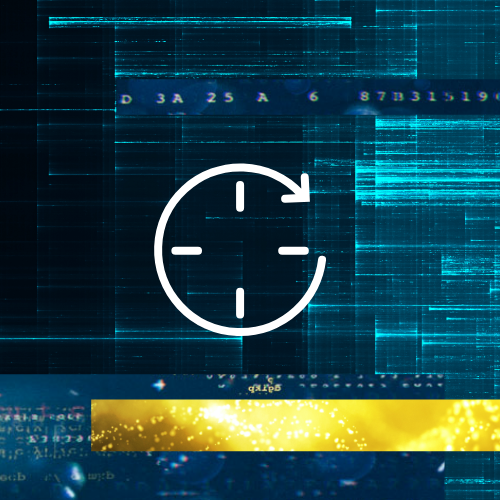What is the difference between RTO and RPO in disaster recovery solutions?
Recovery Point Objective (RPO) and Recovery Time Objective (RTO) are two of the most important parameters of a disaster recovery or data protection plan. These are objectives that can guide enterprises to choose an optimal cloud backup and disaster recovery plan.
The RPO/RTO, along with a business impact analysis, provides the basis for identifying, analyzing, and explaining viable strategies for inclusion in the business continuity plan. Viable strategy options include any which would enable resumption of a business process in a time frame at or near the RPO/RTO.
At first glance, these two terms appear to be quite similar. The best way to understand the difference between RPO and RTO is to associate the “RP” in “RPO” by imagining that they stand for “Rewrite Parameters” and the “RT” in “RTO” as “Real-Time.”
What does RTO mean in disaster recovery solutions?
Recovery Time Objective (RTO) is the duration of time and a service level within which a business process must be restored after a disaster in order to avoid unacceptable consequences associated with a break in continuity. In other words, the RTO is the answer to the question: “How much time did it take to recover after notification of business process disruption?“
RPO designates the variable amount of data that will be lost or will have to be re-entered during network downtime. RTO designates the amount of “real time” that can pass before the disruption begins to seriously and unacceptably impede the flow of normal business operations.
What does RPO mean in cloud data protection?
Recovery Point Objective (RPO) describes the interval of time that might pass during a disruption before the quantity of data lost during that period exceeds the Business Continuity Plan’s maximum allowable threshold or “tolerance.”
Example: If the last available good copy of data upon an outage is from 18 hours ago, and the RPO for this business is 20 hours then we are still within the parameters of the Business Continuity Plan’s RPO. In other words it answers the question – “Up to what point in time could the business process’s recovery proceed tolerably given the volume of data lost during that interval?”
How do you calculate RPO?
There are many factors that impact the RPO for your business and it will vary with each application. Below are some of the factors that can affect RPOs:
- Maximum tolerable data loss for the specific organization
- Industry-specific factors — businesses dealing with sensitive information such as financial transactions or health records must update more often
- Data storage options, such as physical files versus cloud storage, can affect the speed of recovery
- The cost of data loss and lost operations
- Compliance schemes include provisions for disaster recovery, data loss, and data availability that may affect businesses
- The cost of implementing disaster recovery solutions
There is always a gap between the actuals – Recovery Time Actual (RTA) and Recovery Point Actual (RPA) – and objectives introduced by various manual and automated steps to bring the business application up. These actuals can only be exposed by disaster and business disruption rehearsals.
What are some of the common types of backups?
Traditional backups
In traditional tape backups, if your backup plan takes 2 hours for a scheduled backup at 0600 hours and 1800 hours, then a primary site failure at 1400 hours would leave you with an option to restore from 0600 hours backup, which means RPA of 8 hours and 2 hours RTA.
Continuous replication
Replication provides higher RPO guarantees as the target system contains the mirrored image of the source. The RPA values depend upon how fast the changes are applied and if the replication is synchronous or asynchronous. RPO is dependent on how soon can the data on target/replicated site be made available to the application.
How can Druva help your organization’s cloud backup and disaster recovery?
Druva provides a cloud-based data protection service, ranging from backup/recovery to providing cyber resilience. Druva also delivers all-inclusive services with no need to manage hardware, software, or the associated cost and complexity. Specifically, Druva’s cloud disaster recovery solution, ensures workloads on-premises or in the cloud are backed up directly to Druva’s Cloud.
Your organization can recover on-premises (failback), or in the cloud (failover) across any AWS region/account. Druva’s one-click automated disaster recovery solution can also help your organization reduce system downtime and save up to 50% lower total cost of ownership (TCO).
Traditional backups are often only run at night due to the resources they consume. In contrast, Druva’s patented source global deduplication allows backups to run quicker and consume fewer resources. Our customers can meet RPOs ranging from minutes to one hour, depending on the workload being protected.
Learn more about cloud disaster recovery and how Druva brings together backup, disaster recovery, and archival for data center workloads.

